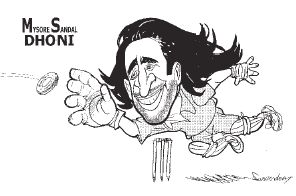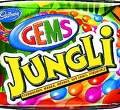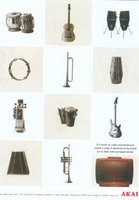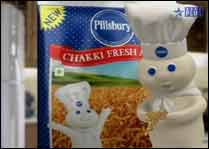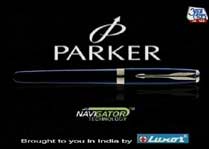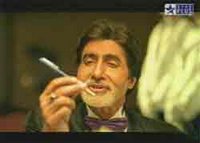Company: Cholayil
Agency: Grey
Brand Count : 206
 ears. The brand was born in 1969 by a virtually unknown company Cholayil . Over these years , Medimix has grown to become a Rs 140 crore brand.The brand was targeted mainly at SEC BC segment.
ears. The brand was born in 1969 by a virtually unknown company Cholayil . Over these years , Medimix has grown to become a Rs 140 crore brand.The brand was targeted mainly at SEC BC segment.Medimix is a pure ayurvedic herbal soap and take pride in its herbal heritage. This brand can be said as one of the pioneer in the herbal soap category. The brand was one of the few brands that had positioned itself as a herbal soap when the market was full of synthetic soaps. The brand had 18 herbs in it and was positioned as a curative/medicinal soap. The brand was even prescribed by doctors for skin diseases.Medimix is the only brand which reveals all the name of its ingredients in the packaging. The name Medimix was derived by combining Medicine + Mix ( my guess). Because of its quality and medicinal properties, the bran
 has around 30% market share in the d has carved out a place in the Rs 660 crore herbal soap market. Medimixayurvedic soap market and 3.2% share in the total soap market.
has around 30% market share in the d has carved out a place in the Rs 660 crore herbal soap market. Medimixayurvedic soap market and 3.2% share in the total soap market.Medimix was marketed heavily in South India. But often this brand fell into the trap of Sales Promotion driving the sales. The sales dropped sharply when the sales promotion schemes get over and company had to rely more on the sales promotion activities. The brand also went into totally unrelated Brand Extension into cough syrup category with Medimix cough syrup and also extended into Coconut oil segment : both of these extensions were not successful.
In 2006, the brand took a major initiative to take the brand forward. Medimix has realised comp
 etition getting intense in the soap market with brand coming out with variants and also taking the Natural/ayurvedic route. Although Medimix had the heritage, there was the issue of brand not being noticed by younger generation. Brands like Jeeva began to challenge the ingredient theory by promoting its 27 herbal ingredients vs Medimix's 18 herbs.
etition getting intense in the soap market with brand coming out with variants and also taking the Natural/ayurvedic route. Although Medimix had the heritage, there was the issue of brand not being noticed by younger generation. Brands like Jeeva began to challenge the ingredient theory by promoting its 27 herbal ingredients vs Medimix's 18 herbs.In 2006 Medimix initiated a relaunch exercise for Medimix. Medimix changed its packaging after 36 years into a new contemporary packaging designed by Bangalore based Ray+ Kesavan Designs.New advertisement campaigns were launched intended to ap
 peal the brand to the younger crowd.According to company officials , the brand wants to be appealing to Mass Urban and younger crowd which is a tough task for any brand.The brand also came out with two variants : Sandal and glycerin to attract the Naturals segment. The brand also is tying to appeal as a beauty soap with out diluting its medicinal curative positioning.The brand also wants to appeal to SEC A segment .
peal the brand to the younger crowd.According to company officials , the brand wants to be appealing to Mass Urban and younger crowd which is a tough task for any brand.The brand also came out with two variants : Sandal and glycerin to attract the Naturals segment. The brand also is tying to appeal as a beauty soap with out diluting its medicinal curative positioning.The brand also wants to appeal to SEC A segment .The company wants to take the brand national and make it a rs 500 crore brand.The competition is intense but Medimix has a heritage to bank upon. May be in this case the brand may have to seek a celebrity push to reach the next level.
source:businessline,cholayil.com,agencyfaqs














